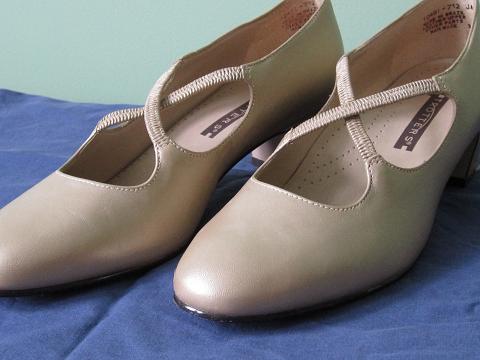The consequences of subprime mortgages and credit default swaps were surfacing when we decided to buy a house. It was 2007 and a buyer’s market, which meant that we had to sift through a lot of overpriced shitboxes because the starry-eyed heirs to some of these pee-soaked rehabs hadn’t heard the news: The party was over. Anyone who could was waiting out the storm. We made two offers over nine months. It was exhausting.
In the meantime, I was working at the Minnesota House of Representatives where I was hearing from distressed constituents who were facing foreclosure. These cautionary tales and some unexpected advice would frame my approach as a first-time buyer, which was to get out of debt as soon as possible. I made a spreadsheet to help us with this goal and have since cleaned it up to share here (2007 Microsoft Excel Spreadsheet. Note: Downloading this .xlsx file may cause your anti-virus software to warn you.)
Why be aggressive about paying off our house?
 One day at work as I waited for my turn for the microwave in a cramped but lobbyist-free zone, a co-worker told of feeling trapped by a house he could not sell. He was “underwater” and – on top of that painful reality – paying almost two hundred dollars a month in mortgage insurance. Mortgage insurance? What’s that? “Avoid it if you can”, he warned. “It’s a terrible feeling to hand over that kind of money and have nothing to show for it.” I had a lot to learn.
One day at work as I waited for my turn for the microwave in a cramped but lobbyist-free zone, a co-worker told of feeling trapped by a house he could not sell. He was “underwater” and – on top of that painful reality – paying almost two hundred dollars a month in mortgage insurance. Mortgage insurance? What’s that? “Avoid it if you can”, he warned. “It’s a terrible feeling to hand over that kind of money and have nothing to show for it.” I had a lot to learn.
As it turns out, to avoid mortgage insurance – designed to protect the lender from loan defaults – the buyer must make a down payment of at least 20 percent. So that was it. I came home and announced that if we couldn’t afford to do that, we couldn’t afford it. While I might have been a little puffed up with resolve that I had no right to have, we managed to swing it.
Another random tidbit of information came from a friend who wasn’t convinced that we were buying at a good time. “Wait until the prices hit bottom. They’re still going down.” This otherwise sage advice lost out to our sanity that was being threatened by our neighbor, the dipshit. On the other hand, making one extra mortgage payment every year was something we could do. As any mortgage calculator will show, extra payments can significantly reduce the payback period of a loan, slashing the cost of interest by thousands. After playing with a few of these free calculators online, I found myself wanting my own spreadsheet that I could understand, customize and edit more easily. So, I made one and it has helped us stay on track with some simple financial goals.
By simple, I mean simple. “How fast can we pay off the house?” That was the question, not whether we’d come out ahead if we made other investments instead. You’ll have to go elsewhere for that advice. All I can say is that hearing about the unraveling of lives that started with a balloon payment, a rate adjustment or a late payment and referring the broken men and women at the center of these stories to Lutheran Social Services for last-ditch help with foreclosure prevention made an impression on me; I was driven more by a desire to part with the bank than what might be generally considered to be shrewd financial planning.
I recently shared my spreadsheet with a friend who – just like me – didn’t realize what a difference an extra fifty dollars towards the principle of a loan can make when paying down your debt. You’re welcome to download it here. Please be advised that I do not guarantee that there aren’t any mistakes in this spreadsheet. Disclaimer aside, maybe playing with some numbers will inspire you to set some goals and get out of debt sooner rather than later. And, of course, if you have any corrections, requests or suggestions regarding this spreadsheet, please let me know!
About the Spreadsheet
Download here – 2007 Microsoft Excel Spreadsheet. Note: Downloading this .xlsx file may cause your anti-virus software to warn you.
Input your Data
Enter your data (house price, down payment, interest rate, etc.) in the green cells. Other cells cannot be changed, but are calculated fields. If you want to unlock the spreadsheet to add some of your own calculations, let me know and I’ll give you the password.
Default Extra Payments
Enter the amount of the extra payments you plan to make on your mortgage every month (Column B, Line 15). As with other variables, you can try different numbers to see how it affects the financing costs and payback time. In the event that you have a change to your default extra payment any given month, you can indicate this in Column F next to the corresponding date in Column G. For example, if by default I am going to make an extra payment of $150, but for the month of February 2014, I can only do $50, I would enter that amount in the column next to February 2014. If there is no change to your default extra payment, leave Column G blank. Keep in mind that $0 is not blank. Instead it means that you are paying $0 as opposed to your default extra payment.
Lump Payment
The idea of a lump payment is that you might want to save money with the intention of putting it toward your mortgage someday, but want the security of having access to cash in the meantime. This could help you make your regular mortgage payments in the event of a layoff, for example. Otherwise, this money could be used to pay off the house when what you owe, which goes down every month, matches what you have saved, which goes up. I did not factor in an interest rate for your savings.
Summaries
There are three summaries you can see at a glance. One factors in your extra payments, another does not. This will make it easy for you to compare the two scenarios. Finally, there is a third summary that factors in your extra payments and a lump payment.
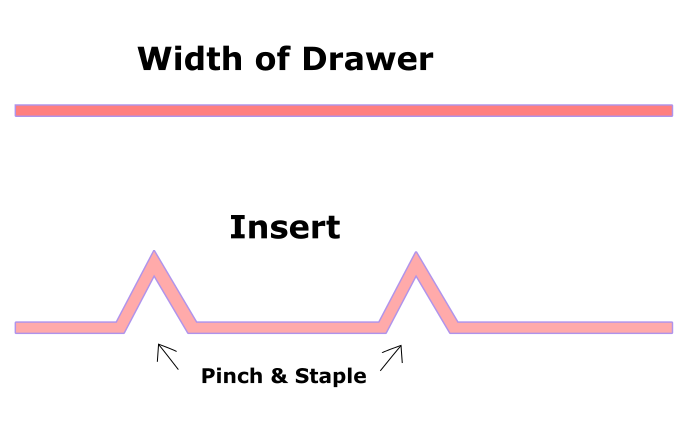
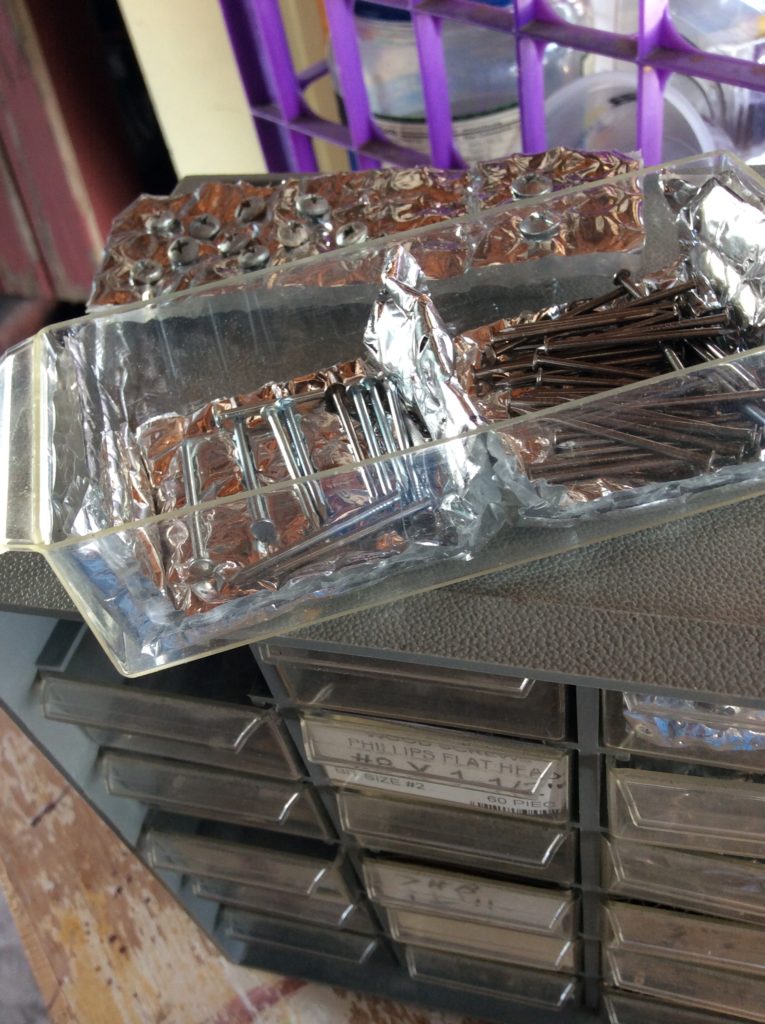
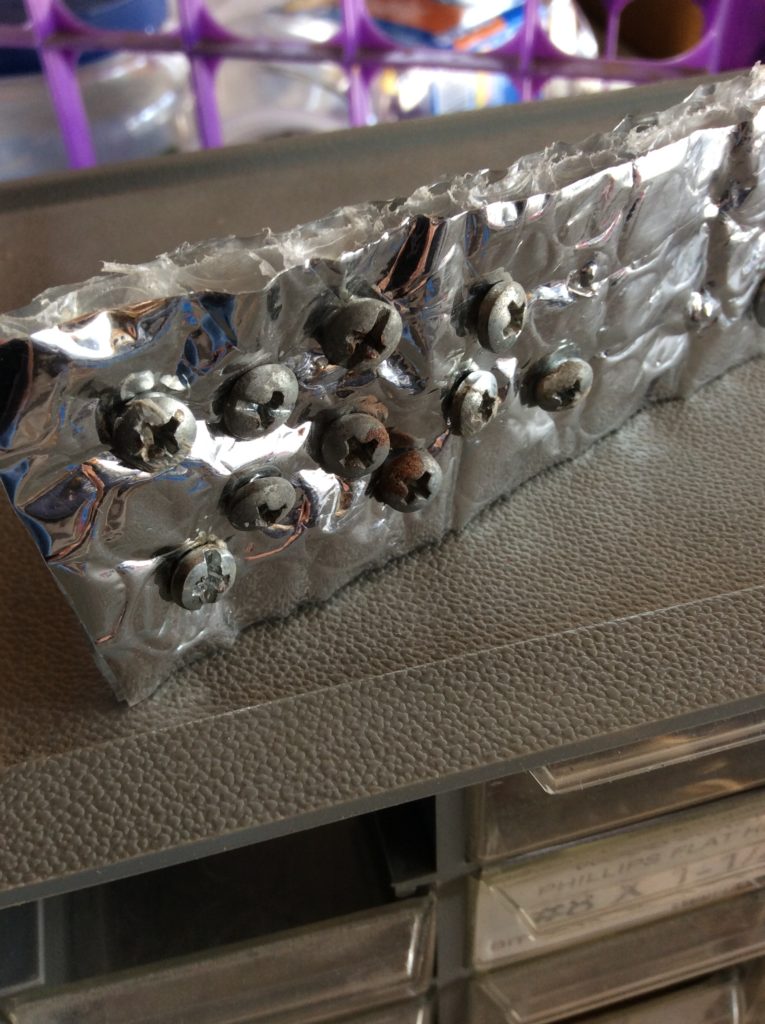
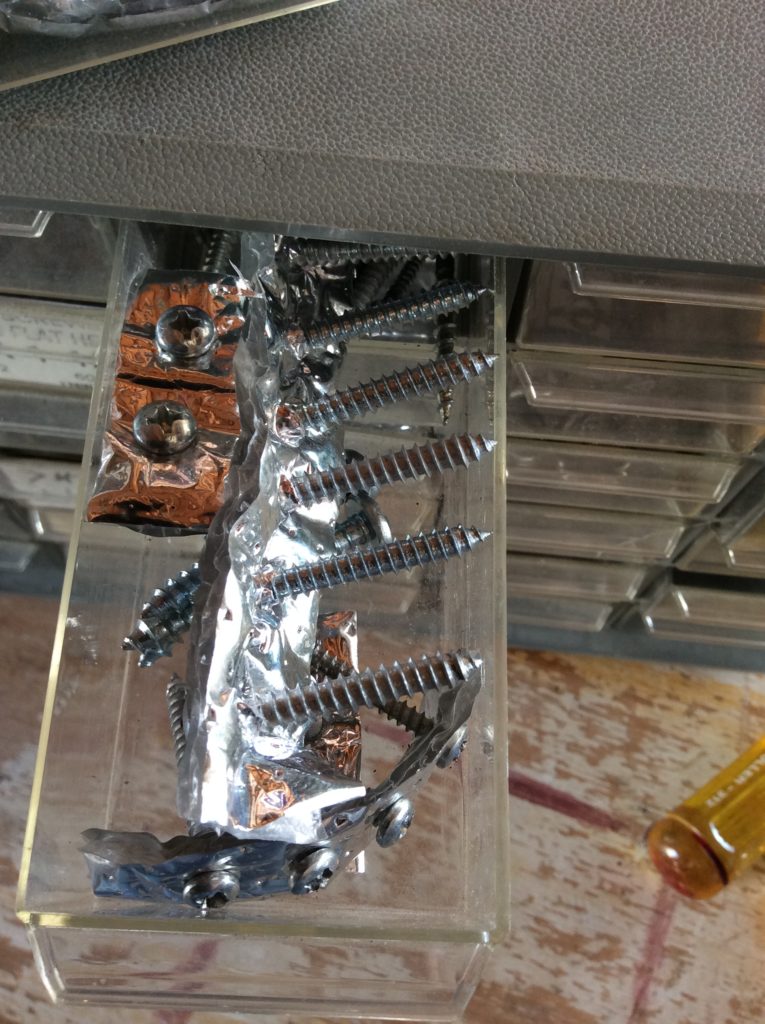
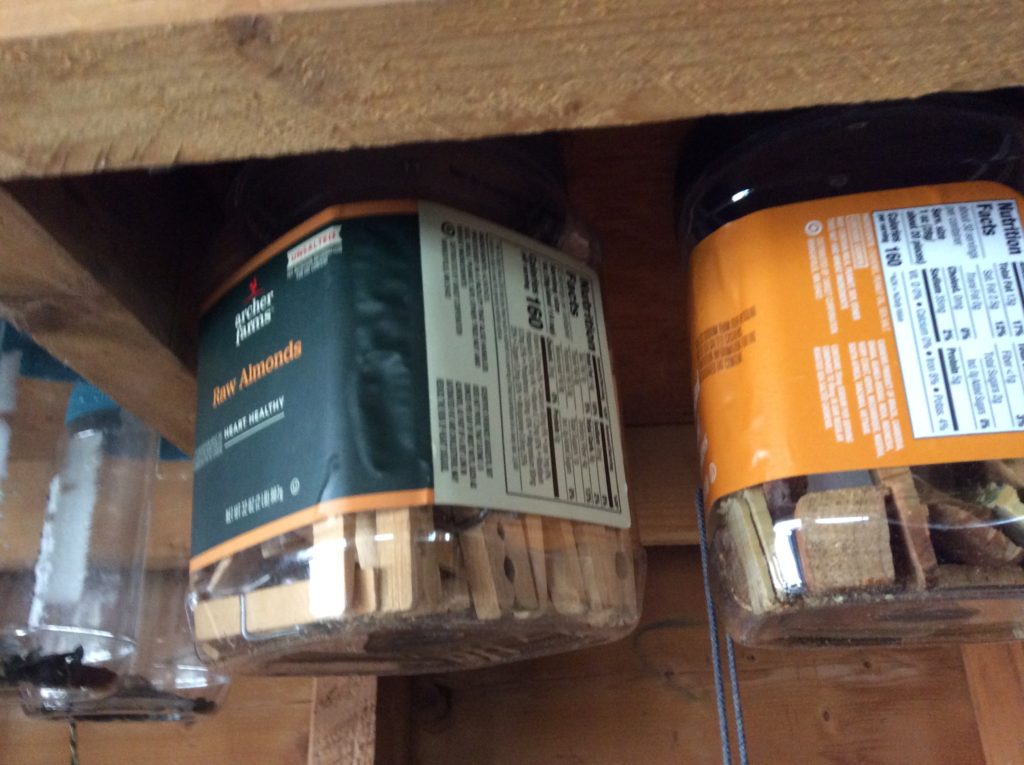
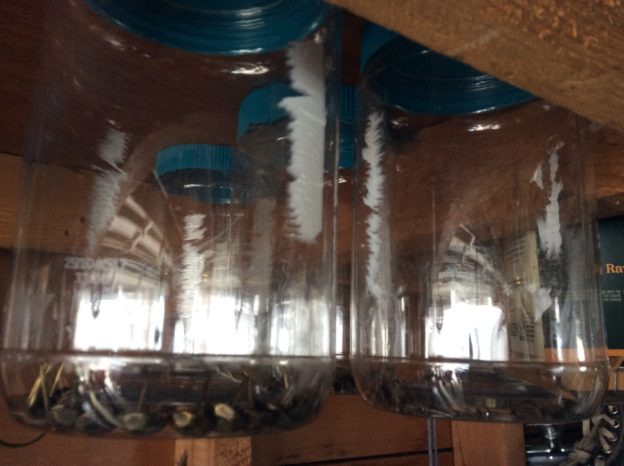
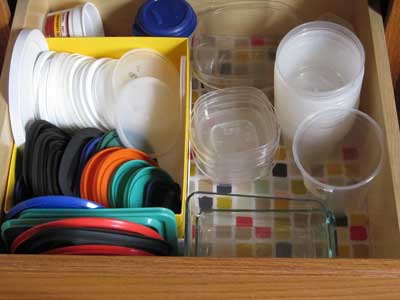
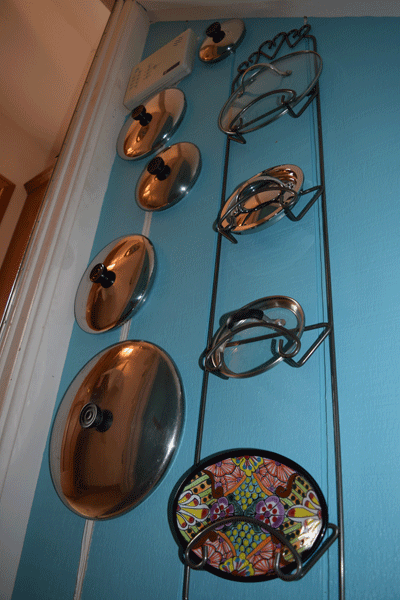
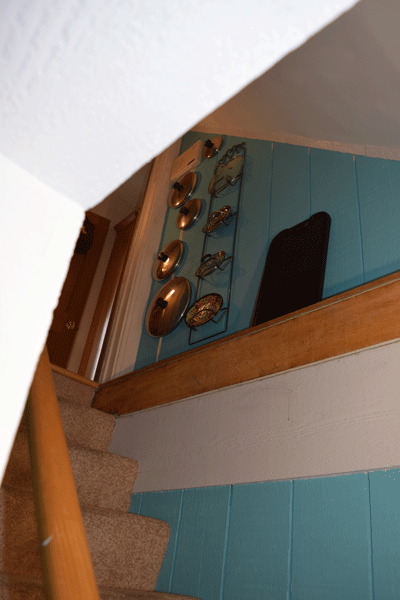
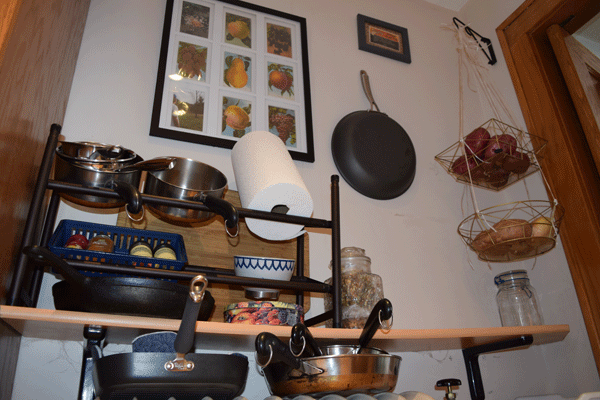
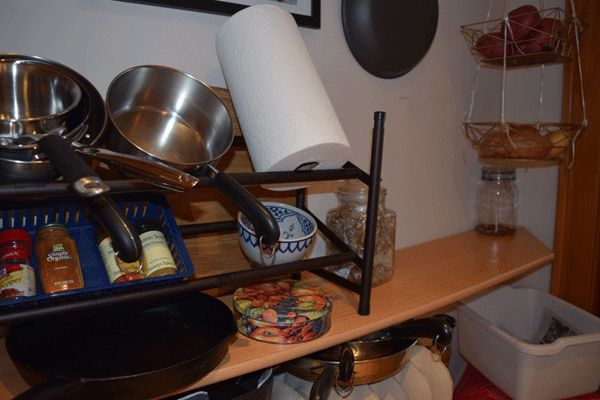
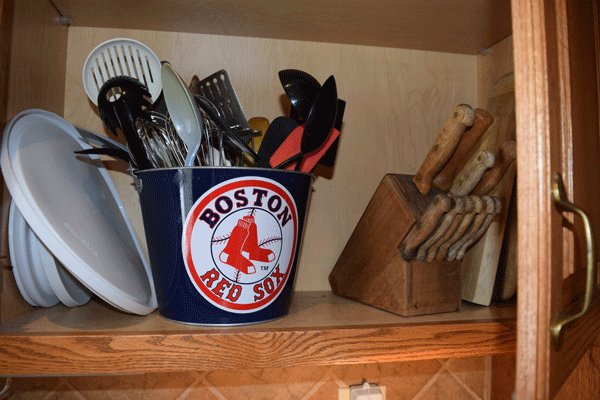
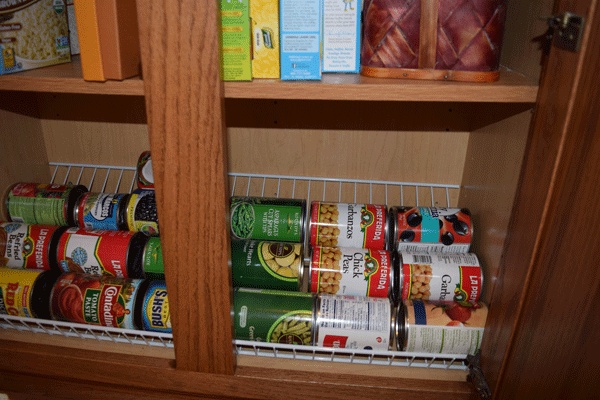
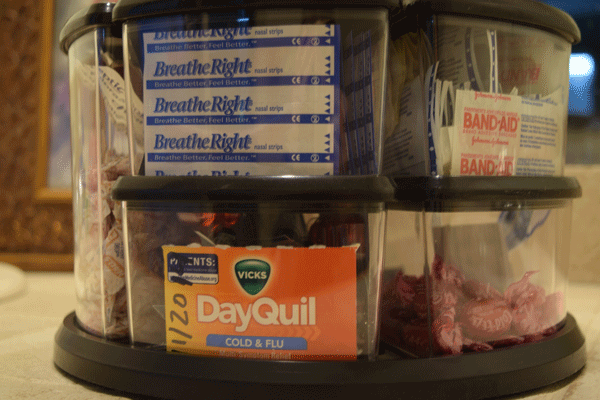
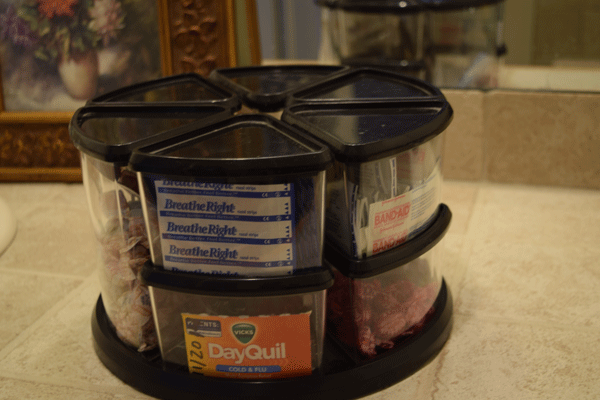
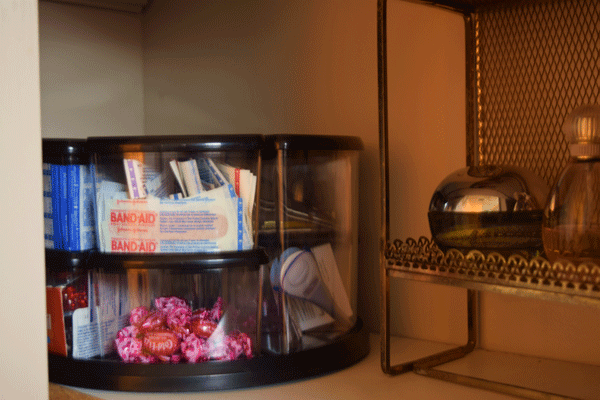
 One day at work as I waited for my turn for the microwave in a cramped but lobbyist-free zone, a co-worker told of feeling trapped by a house he could not sell. He was “underwater” and – on top of that painful reality – paying almost two hundred dollars a month in mortgage insurance. Mortgage insurance? What’s that? “Avoid it if you can”, he warned. “It’s a terrible feeling to hand over that kind of money and have nothing to show for it.” I had a lot to learn.
One day at work as I waited for my turn for the microwave in a cramped but lobbyist-free zone, a co-worker told of feeling trapped by a house he could not sell. He was “underwater” and – on top of that painful reality – paying almost two hundred dollars a month in mortgage insurance. Mortgage insurance? What’s that? “Avoid it if you can”, he warned. “It’s a terrible feeling to hand over that kind of money and have nothing to show for it.” I had a lot to learn.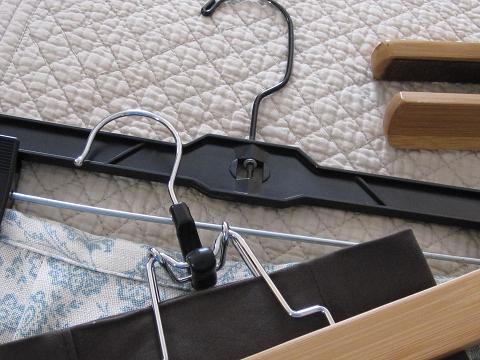
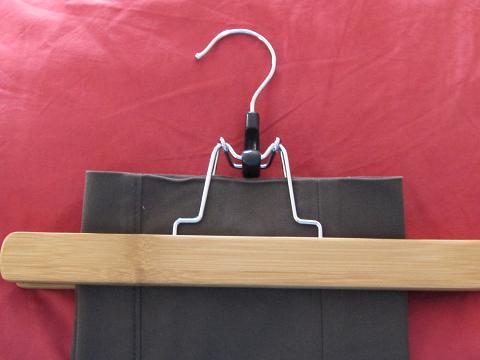 Sprucing up for spring means having a good way to put stuff away. If you do, you’re more likely to stick with a system to keep things organized. So, I’m a fan of hangers that are designed specifically for pants and bought a stash of them a few years ago when I reorganized my closet.
Sprucing up for spring means having a good way to put stuff away. If you do, you’re more likely to stick with a system to keep things organized. So, I’m a fan of hangers that are designed specifically for pants and bought a stash of them a few years ago when I reorganized my closet.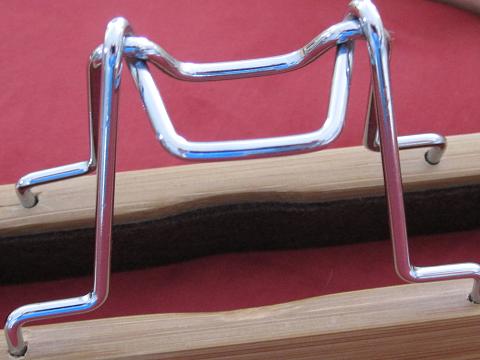 Don’t make the same mistake I made.
Don’t make the same mistake I made. 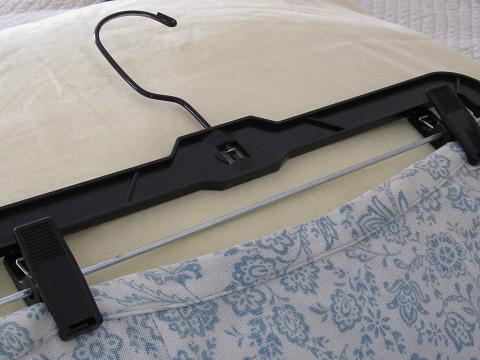
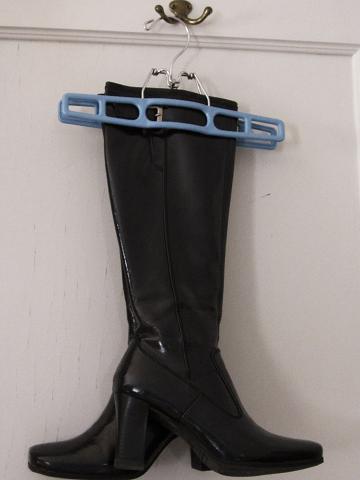
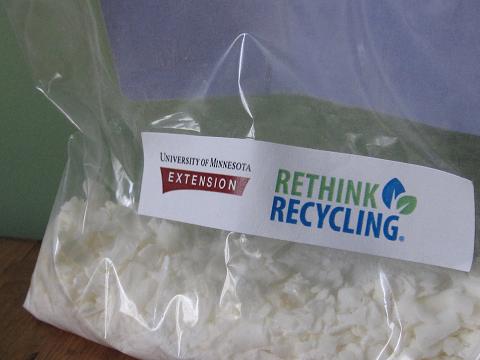
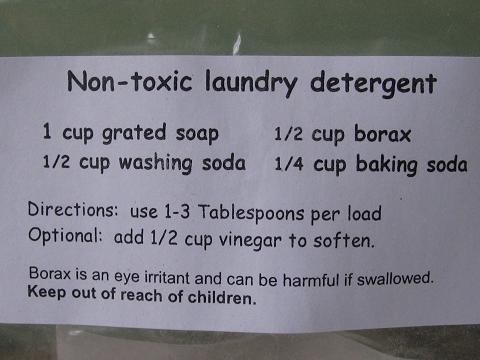
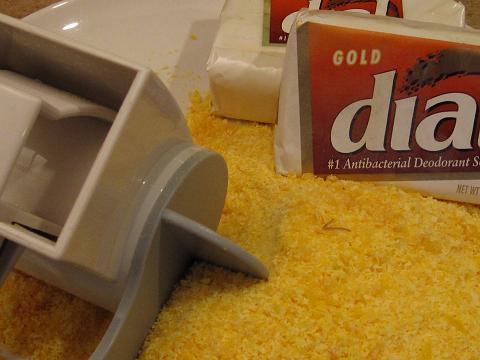
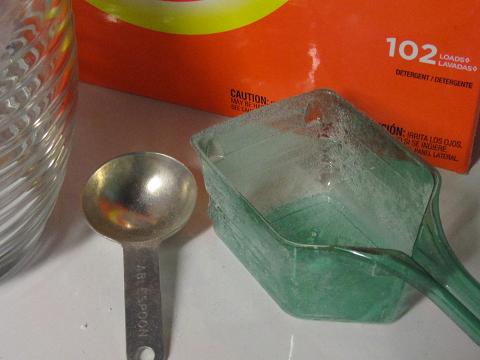
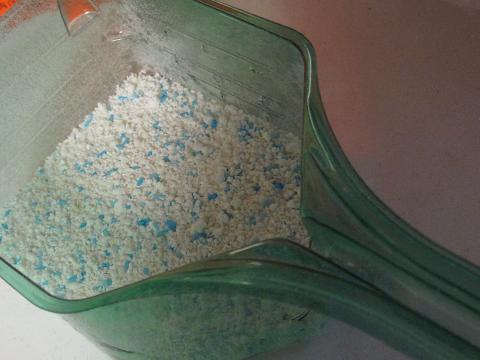
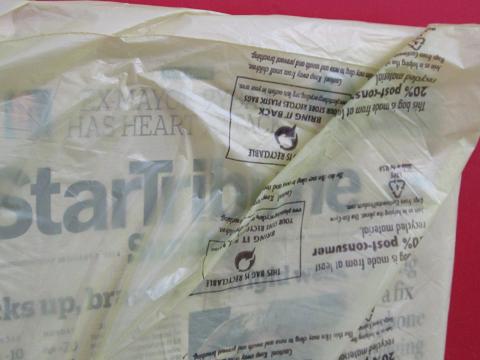
 We went to Rapid City for Christmas and, motivated by a book I found while there, I returned ready to take a closer look at our home to see what might be encroaching on our corner of paradise.
We went to Rapid City for Christmas and, motivated by a book I found while there, I returned ready to take a closer look at our home to see what might be encroaching on our corner of paradise.